Thatched roofing
By Tamie Cannon

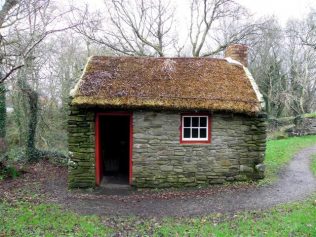

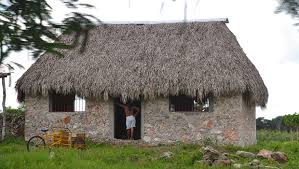
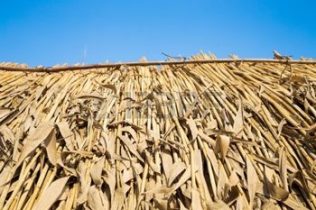
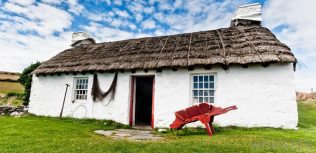
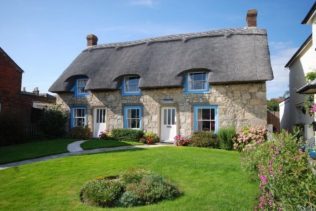
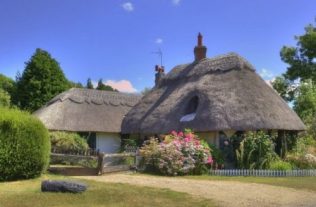
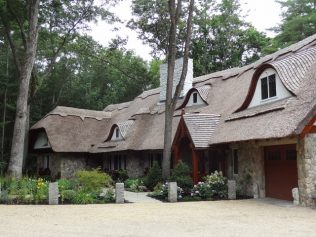
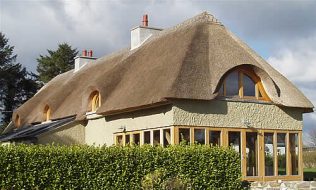
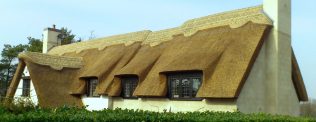
Interview
1.‘How often would the roof need to be thatched?’
‘Depending on the quality of straw used ,a roof should last up to about 50 years without having to re-thatched’.
2.‘Up until what year did you live under a thatched roof?’
‘I have lived in my cottage with a thatched roof for 16 years now’.
3.‘Did rain ever filter through the straw roof? If so, was there much water?’
‘No’.
4.’Who thatched the roof of your house?’
‘I can’t remember his name exactly but he worked for a thatching company in Donegal.’
5.‘Did you ever encounter a fire caused by the chimney?’
‘No I have never experienced a chimney fire but they are common to houses with thatched roofing. The thatched roofing on houses have improved greatly in both detail and skill compared to the way they were thatched years ago, this would have an influence on the amount of fires caused.’
6.‘What are your memories of living in a thatched house?’
‘Living under a thatched roof doesn’t feel very different to living under a slated roof but I like living in a cottage it is very cosy.’
7.’How did your family get the straw for the roof?’
‘The straw was provided by the thatcher company for a sum of money.’
8.‘Do you feel sad that the thatched roofing has died out over the years?’
‘Definitely, I think that this tradition has died out through the years and it is quiet sad to see that there is very few houses with a thatched roof.’
9. ‘Do you feel the newer kind of thatched roofing today is any different to the kind of straw roofing it was in your childhood?
‘There is a huge change between the way houses were thatched years ago to how they are thatched today. A huge amount of detail and technique is required to thatch a roof today. A thatched roof today would appear much neater and the straw would be sewed tighter together preventing fewer chance of water leakage and to make the roof longer lasting’.
10: ‘Are there places where it was practiced more traditionally?’
‘Ireland long ago had many houses with a thatched roof and many houses in England practiced this roofing style too.’
Research
I first went to the National Museum in Turlough to choose which object or item I would have an interest in researching. From there, I decided I would like to find out the history of thatched roofing and how it came about. I did this by browsing on the Internet for information and statistics about this particular type of roofing. Websites in which I collected my information include www.thatchco.com and www.hiss-reet.com
I discovered that the best type of thatch to use on a roof is the water reed because of its durability. If using water reed on a roof it is estimated to last up to 60 years without needing to be replaced. The water reed is water proof which prevented the water seeping through into the house. The water is kept out by the tight overlapping of cells on the plant’s outer layers. . Each thatch layer is up to a thickness of 12 inches, which forces gravity to carry the rain, sleet, and snow down off the roof.
I also learned a wide range of terms associated with thatching. Here are some of the terms I learnt from the second website link:
Bundle
Smallest unit of reed.
Measured at 30 to 40 cm
Eaves
The lower edge of the thatched roof from which the water of the main coat drips off.
Hip
The edge running from the ridge to the eaves where two sloping sides of the roof meet.
Legget
Wooden board with a handle used by thatchers to hit the end of the stalks and to push them into position. This makes the roof more solid and beautiful.
Soft roof
Consists of cereal hay, wood shingles or reed canes







No Comments
Add a comment about this page